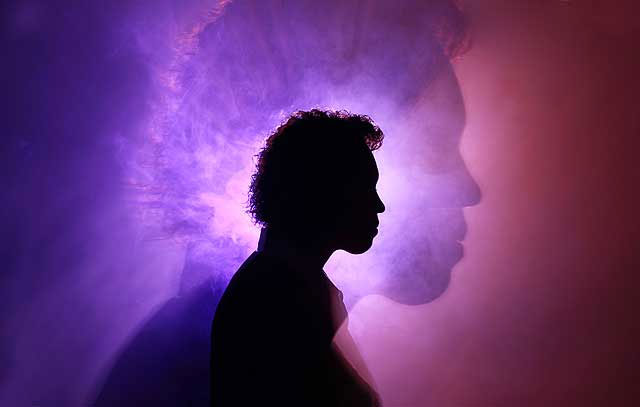Controversy about the soul after death
Two famous scientists claim that human consciousness can exist in the universe after our nervous system stops working.
>>>Collect evidence of souls from a scientific perspective
Dr. Stuart Hameroff, director of the University of Arizona's Center for Consciousness Research in the United States, and British physicist Roger Penrose, have proposed a new theory of human consciousness. According to the two men, the human soul lies in microscopic tubes in brain cells. Our consciousness is the result of the effects of quantum forces in those microscopic tubes, Physorg reported.

"Perhaps our souls are just interactions between nerve cells in the brain. So the soul is a fundamental part of the universe and has existed since the beginning of time," the two scientists received. determined.
Buddhism and Hinduism claim that consciousness is an inseparable part of the universe. Western schools of philosophy also affirm the same thing.
Hameroff argues that near-death sensation occurs when microscopic tubes lose quantum states.
"When the heart stops and the blood stops flowing, the quantum state will no longer exist in the microscopic tubes. But the quantum information inside the tubes is not destroyed, but only leaves the body to return to the universe. If the patient is promptly rescued, the quantum information will return to the tubes and the patient tells them that they have just arrived at the paradise gate, in case the patient dies, quantum information will probably persist forever. forever in space in the form of a soul, " Hameroff explained.
Experimental experts criticize the hypothesis of Hameroff and Penrose. It is now becoming a controversial topic in the scientific community around the world. However, Hameroff asserts that new discoveries in quantum physics will prove correct in his hypothesis. Recently scientists have demonstrated that quantum forces participate in many important biological processes - such as photosynthesis, breathing, orientation.
- Near-death experience through the insights of insiders
- Decipher the mysterious phenomenon: The soul leaves the body
- Research data on life after death
- Human souls weigh 21 grams?
- Eastern Asian customs in the month of the soul
- Collect evidence of souls from a scientific perspective
- Explain the science of the soul leaving the body
- Mystery of the soul
- 'The month of the soul' - The taboo and should do
- Explain the science of the image of the soul leaving the body
- Why do some people experience
- Soul: Does not exist forever, does not harm anyone
 The truth about the mysterious red-haired giant at Lovelock Cave
The truth about the mysterious red-haired giant at Lovelock Cave Inunaki Tunnel: The haunted road leading into Japan's 'village of death'
Inunaki Tunnel: The haunted road leading into Japan's 'village of death' The mystery of the phenomenon of human reflection before dying
The mystery of the phenomenon of human reflection before dying 6 mysterious phenomena, although science has been developed for a long time, still cannot be answered
6 mysterious phenomena, although science has been developed for a long time, still cannot be answered